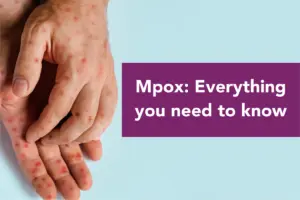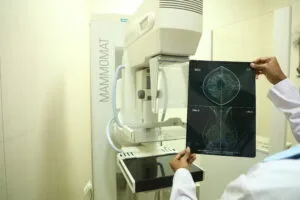Trends in Drug-Resistant TB A 6-Year Study

Tuberculosis (TB) is the leading cause of death from a single infectious disease agent and the leading cause of death among persons living with human immunodeficiency virus (HIV) infection.
According to the World Health Organization (WHO), 27% of the global TB cases are from India.
One of the biggest challenges in treating tuberculosis is the rising rate of drug resistance in the 1st and 2nd line drugs and pose a serious threat to the #EndTB initiative.
Mono-resistant TB: Resistant to a single first-line anti-TB drug (isoniazid, rifampicin, ethambutol, or pyrazinamide).
Multidrug-resistant tuberculosis (MDR-TB): Resistant to at least rifampicin and isoniazid.
Extensively drug-resistant tuberculosis (XDR-TB): Resistant to isoniazid and rifampicin, plus any fluoroquinolone and at least one of three injectable second-line drugs (i.e., amikacin, kanamycin, or capreomycin).
Suburban Diagnostics conducted a 6-year study on positive TB culture samples to understand the profile of drug resistance between the years 2015 and 2021.
Mono-resistant TB
The combined rates of mono-resistant TB (resistant to ONLY a single 1st line drug) seem to be on the rise.
Overall, the 7-year rate of mono-resistant TB: 5.3%
The most common 1st line drugs for which mono-resistance was seen were pyrazinamide and INH.
MDR-TB
Overall, the 7-year rate of MDR-TB: 35.7%
We found the rates of MDR-TB have been decreasing over the years.
XDR-TB
Overall, the 7-year rate of XDR-TB: 3.4%
10.6% of MDR cases were also XDR.
We found the rates of XDR-TB have been decreasing since a peak in 2018.
UPDATED XDR-TB DEFINITION
The WHO updated the definition of XDR-TB in 2021. The new definition of XDR-TB (applicable from 2021 onwards) is as follows:
TB is caused by Mycobacterium tuberculosis strains that fulfil the definition of MDR/RR-TB and which are also resistant to any fluoroquinolone and at least one additional group A drug (group A drugs are the most potent group of drugs in the ranking of second-line medicines for the treatment of drug-resistant forms of TB using longer treatment regimens and comprise levofloxacin, moxifloxacin, bedaquiline, and linezolid).
As per the NTEP (National Tuberculosis Elimination Programme) 2021 guidelines for programmatic management of drug-resistant tuberculosis in India, molecular genotypic tests are the preferred method for the detection of drug resistance.
At Suburban Diagnostics, we offer the cutting edge GeneXpert MTB/XDR.
Advantages of using GeneXpert MTB/XDR test:
- Faster time to result for molecular DST.
- Detect mutations associated with resistance towards isoniazid (INH), fluoroquinolones (FLQ), second-line injectable drug (SLID) (amikacin, kanamycin, capreomycin), and ethionamide (ETH) in a single test.
- One simple sputum sample for a full spectrum of TB diagnostics.
- All clinically relevant answers are available to select the right treatment based on the patient’s MTB strain.
- Fast laboratory results mean fast initiation of appropriate treatment.
Let us join hands to #EndTB



